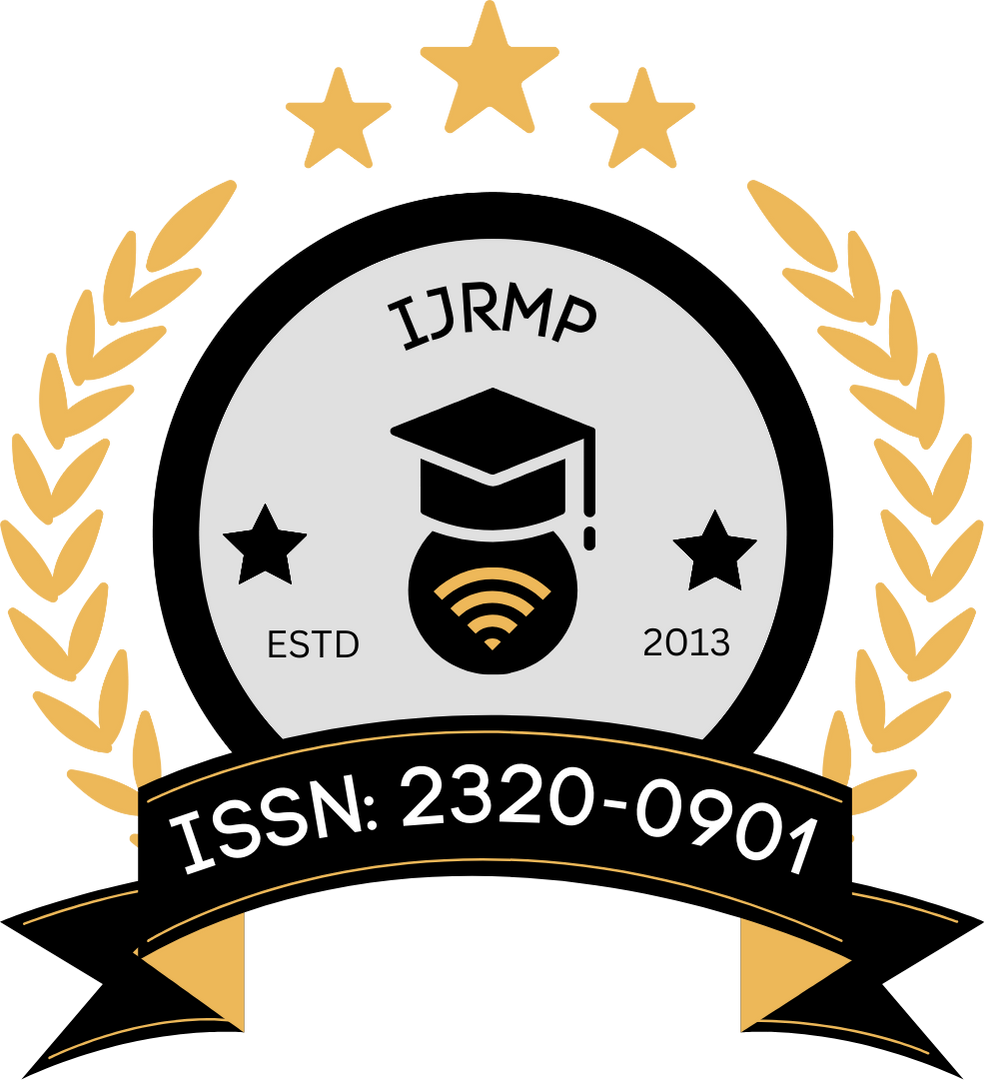![]()
Nikita Dangi
Independent Researcher
Chhattisgarh, India
Abstract
Hospital pharmacists play a critical role in ensuring safe, accurate, and efficient medication management, but traditional workflow systems often impede optimal productivity due to fragmented communication, manual documentation, and redundant processes. Integrated Workflow Management Systems (IWMS) have emerged as a strategic solution, allowing for seamless coordination among pharmacy, clinical, and administrative functions. This study evaluates the implementation of IWMS in hospital pharmacies and its impact on pharmacist productivity, medication error reduction, and turnaround time. Through a comprehensive review of prior implementations and system integration models, this manuscript identifies key productivity metrics enhanced by IWMS adoption. Furthermore, evidence is drawn from hospital case studies and system audits to demonstrate measurable improvements in workload distribution, real-time tracking, and interdepartmental collaboration. The research supports the hypothesis that IWMS implementation not only boosts pharmacist efficiency but also strengthens patient safety and operational transparency.
Keywords
Pharmacist productivity, Integrated Workflow Management System (IWMS), hospital pharmacy, clinical workflow, automation in healthcare, medication safety, electronic documentation, healthcare informatics, hospital operations
References
- Anderson, S., & Schumock, G. T. (2016). Economic impact of clinical pharmacy services in hospitals: a literature review. American Journal of Health-System Pharmacy, 73(5), 345–352.
- Tran, T. M., et al. (2015). Impact of pharmacist workload on the detection of medication prescribing errors. Journal of Patient Safety, 11(1), 18–24.
- Hallworth, J., et al. (2016). Hospital pharmacy workflow redesign with automation. Hospital Pharmacy Europe, (82), 19–22.
- Walsh, J., & Roberts, S. (2017). Workflow automation in hospital pharmacies: Lessons from case studies. Health Information Management Journal, 46(3), 118–124.
- Goundrey-Smith, S. (2014). Interoperability standards and pharmacy information systems. International Journal of Pharmacy Practice, 22(3), 183–190.
- Patterson, E. S., & Zhang, J. (2017). Investigating the effect of health IT on pharmacy workflow. Journal of Biomedical Informatics, 69, 176–184.
- Bryant, S., & Hoonakker, P. (2015). Implementation barriers of health IT in hospitals. BMJ Health & Care Informatics, 22(1), 35–42.
- Brough, L., et al. (2014). The role of integrated dispensing systems in enhancing pharmacy performance. Journal of Clinical Pharmacy and Therapeutics, 39(4), 360–365.
- Westbrook, J. I., et al. (2016). Effect of computerized order entry on prescribing errors. PLoS Medicine, 13(1), e1002180.
- Koppel, R., & Metlay, J. P. (2015). Role of clinical decision support in reducing adverse drug events. JAMA Internal Medicine, 175(5), 845–854.
